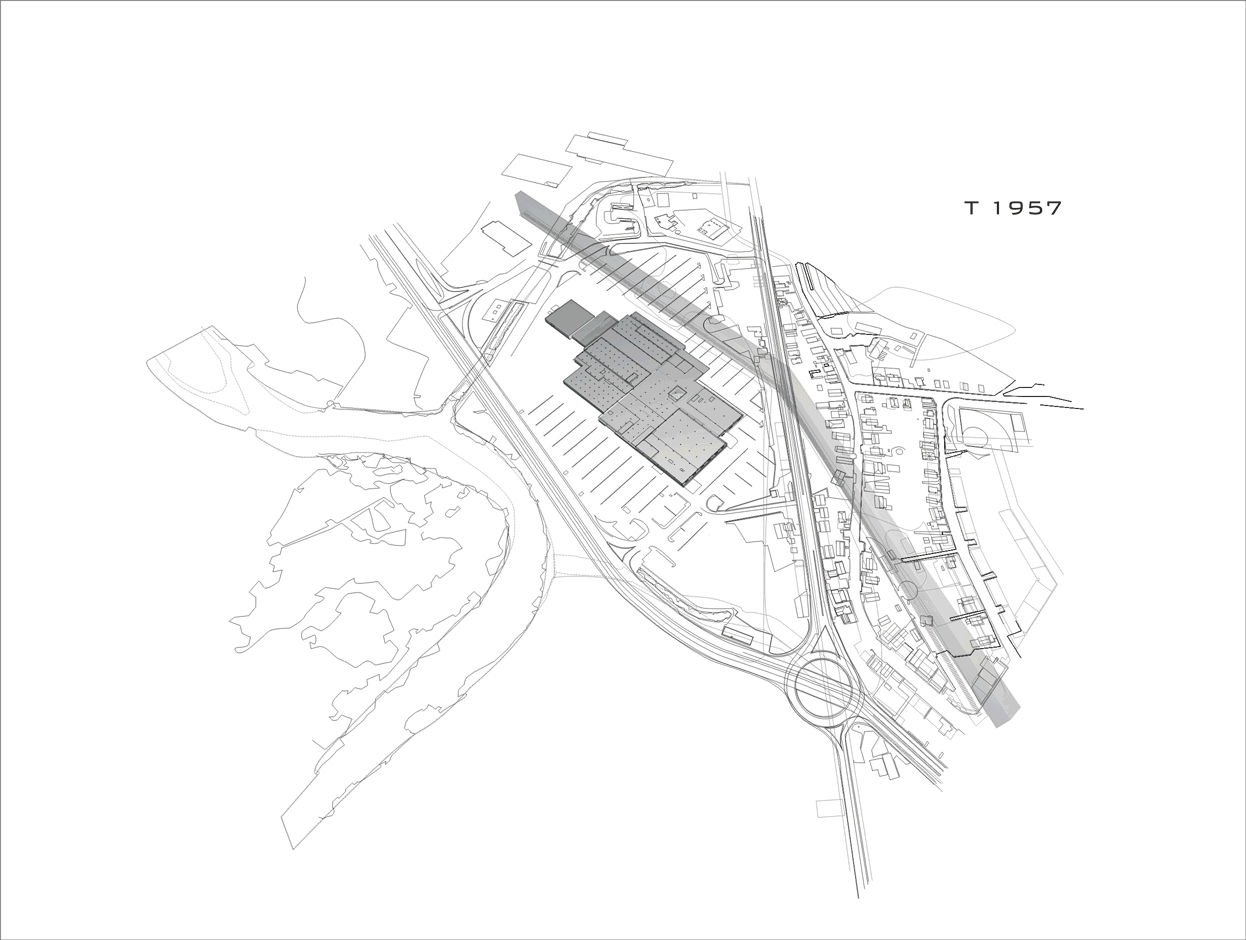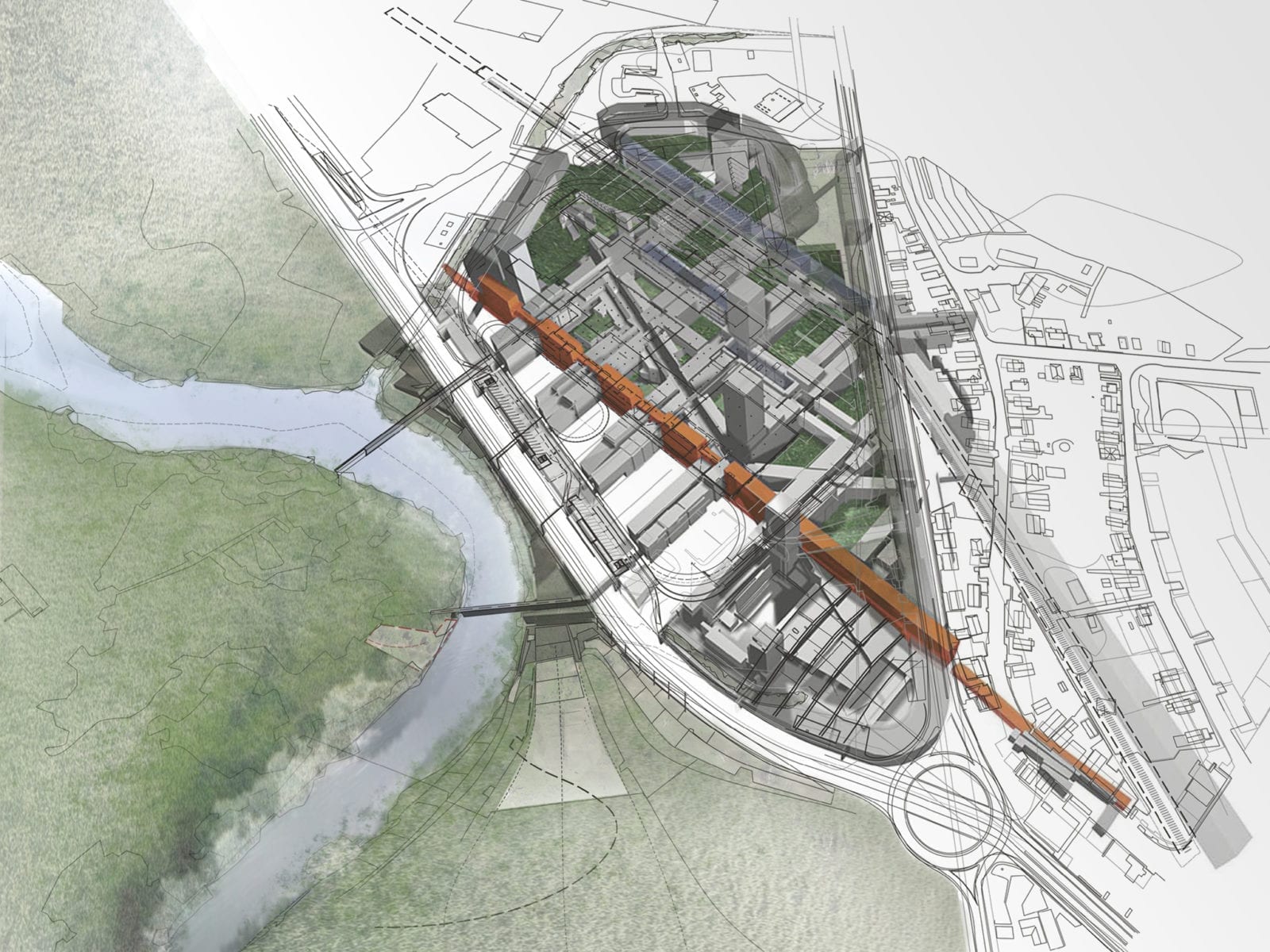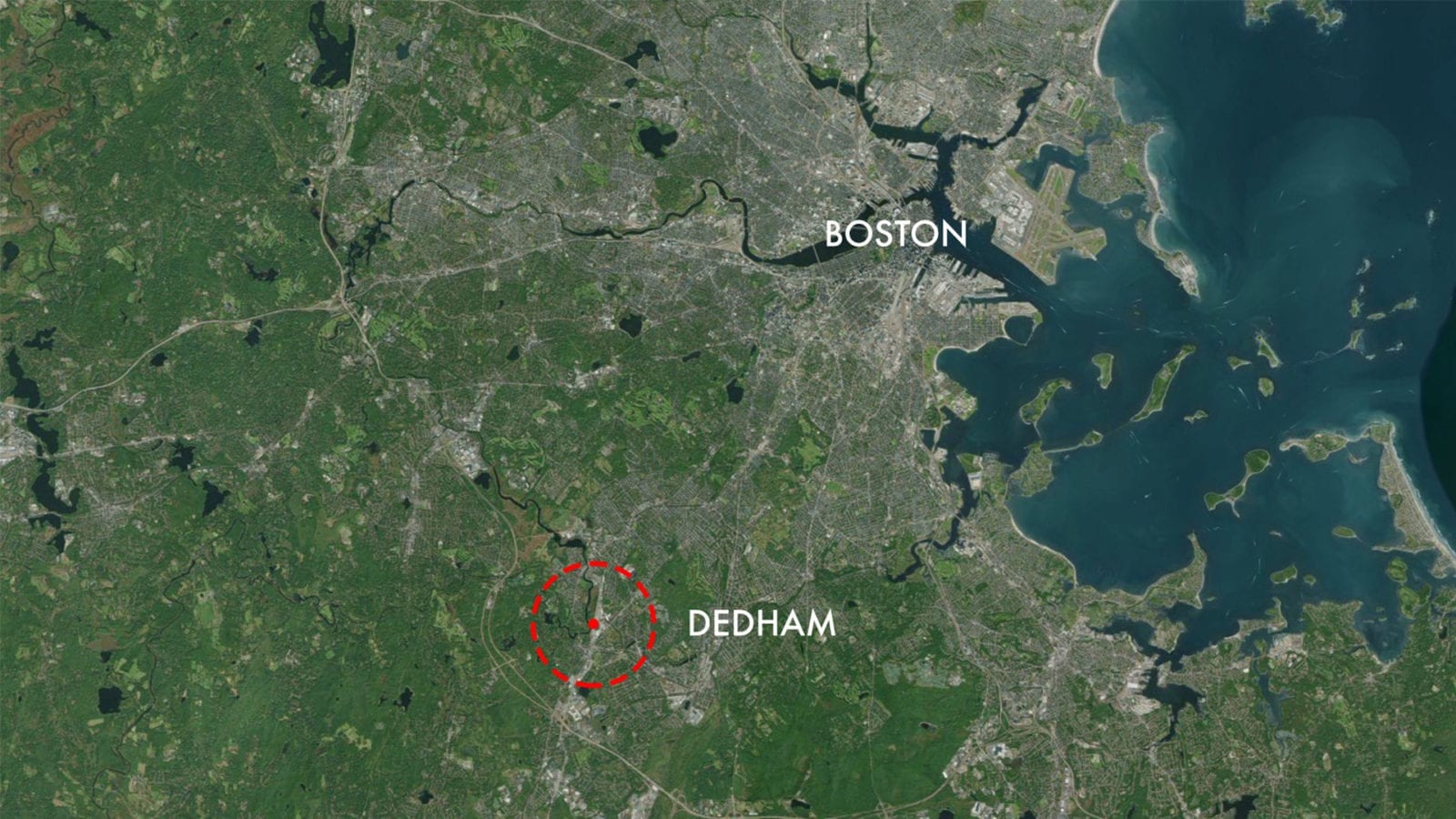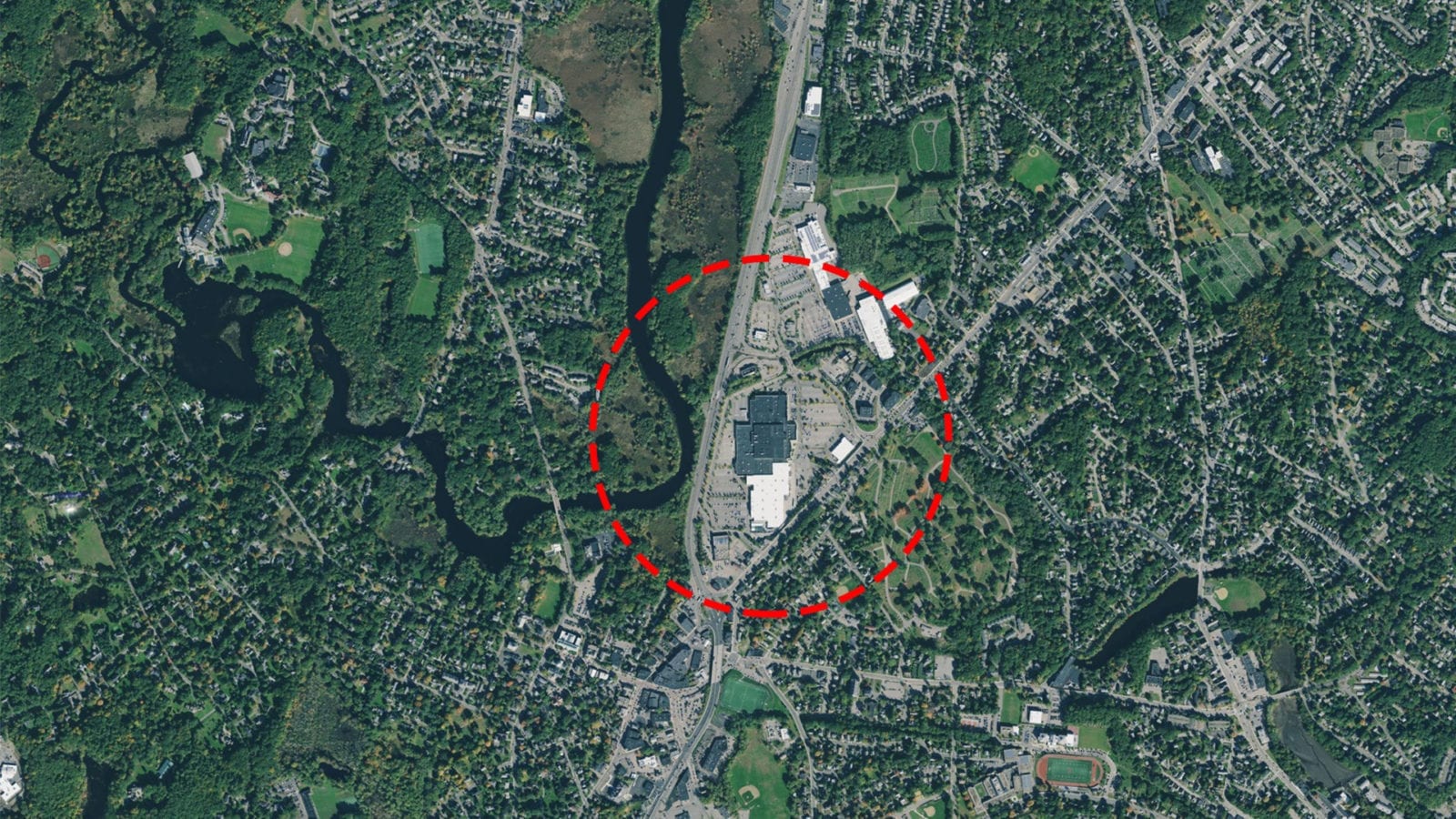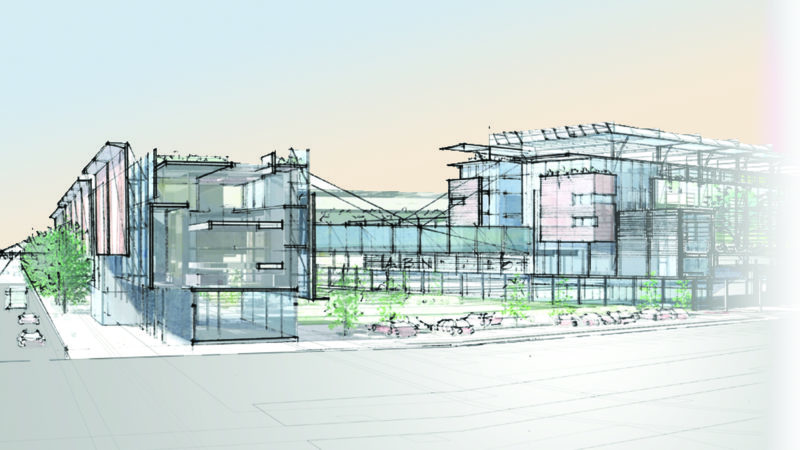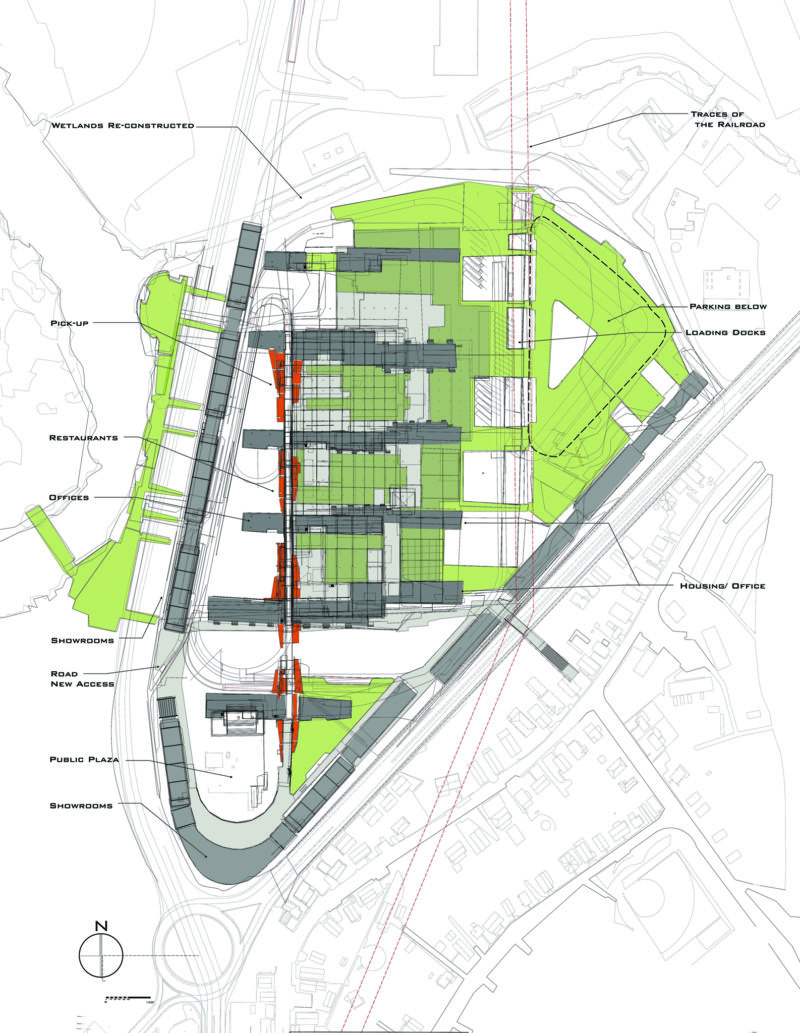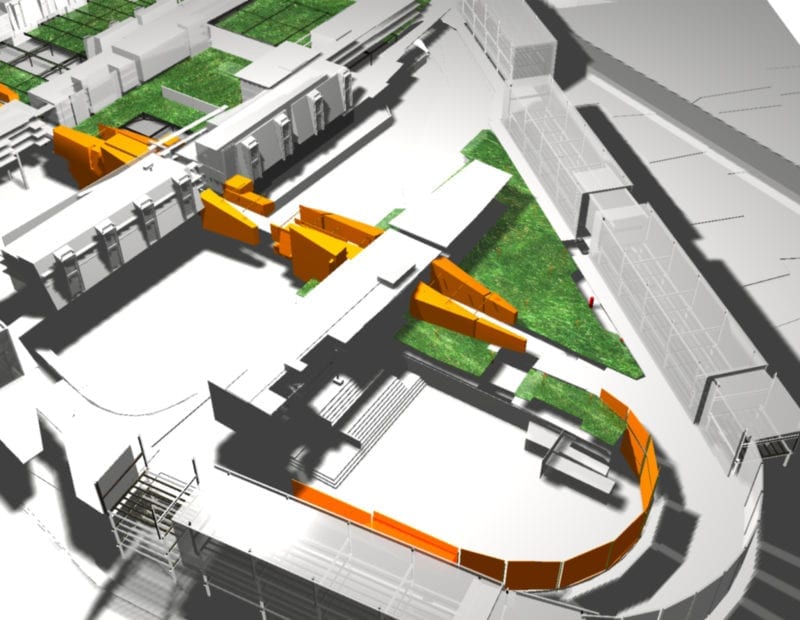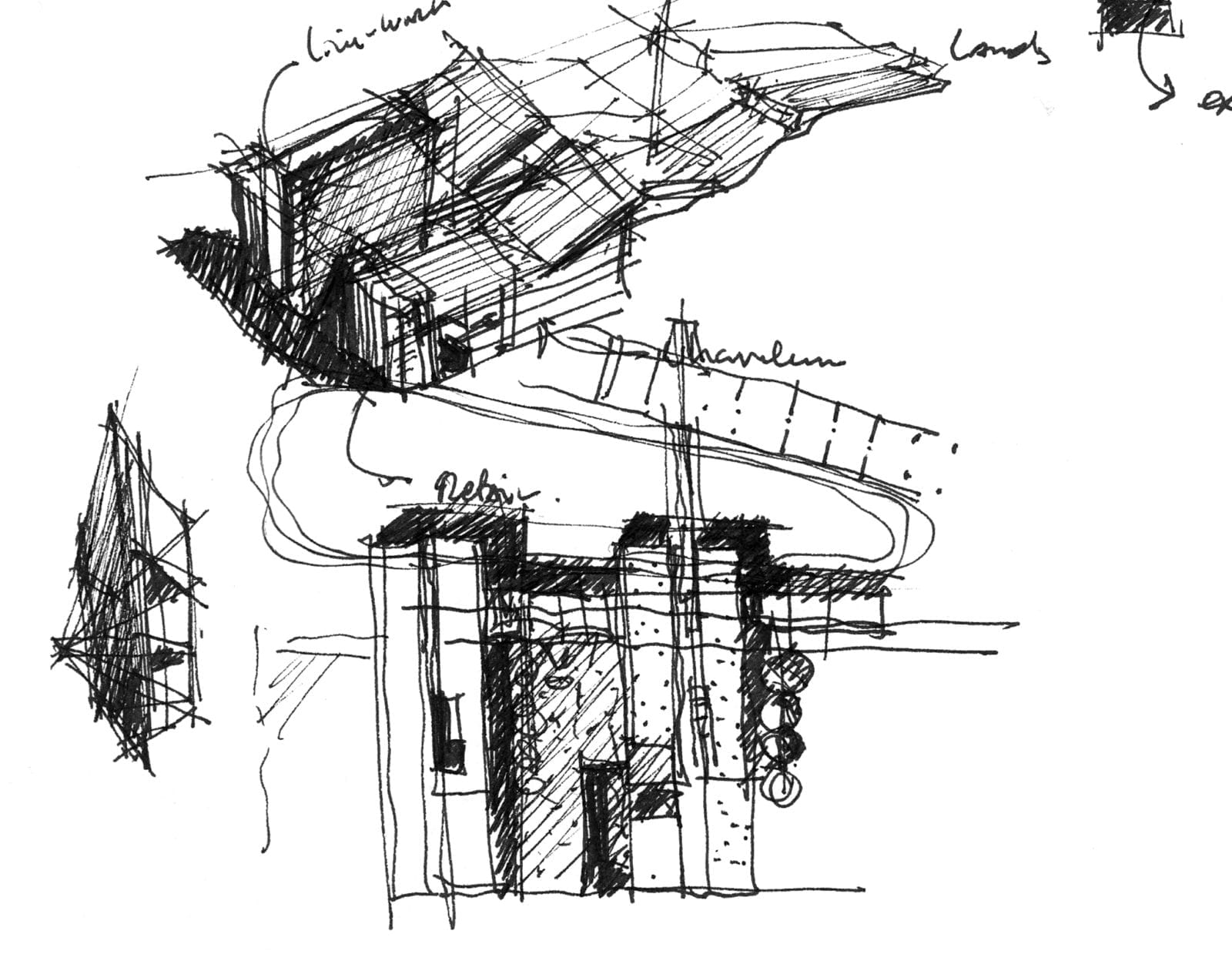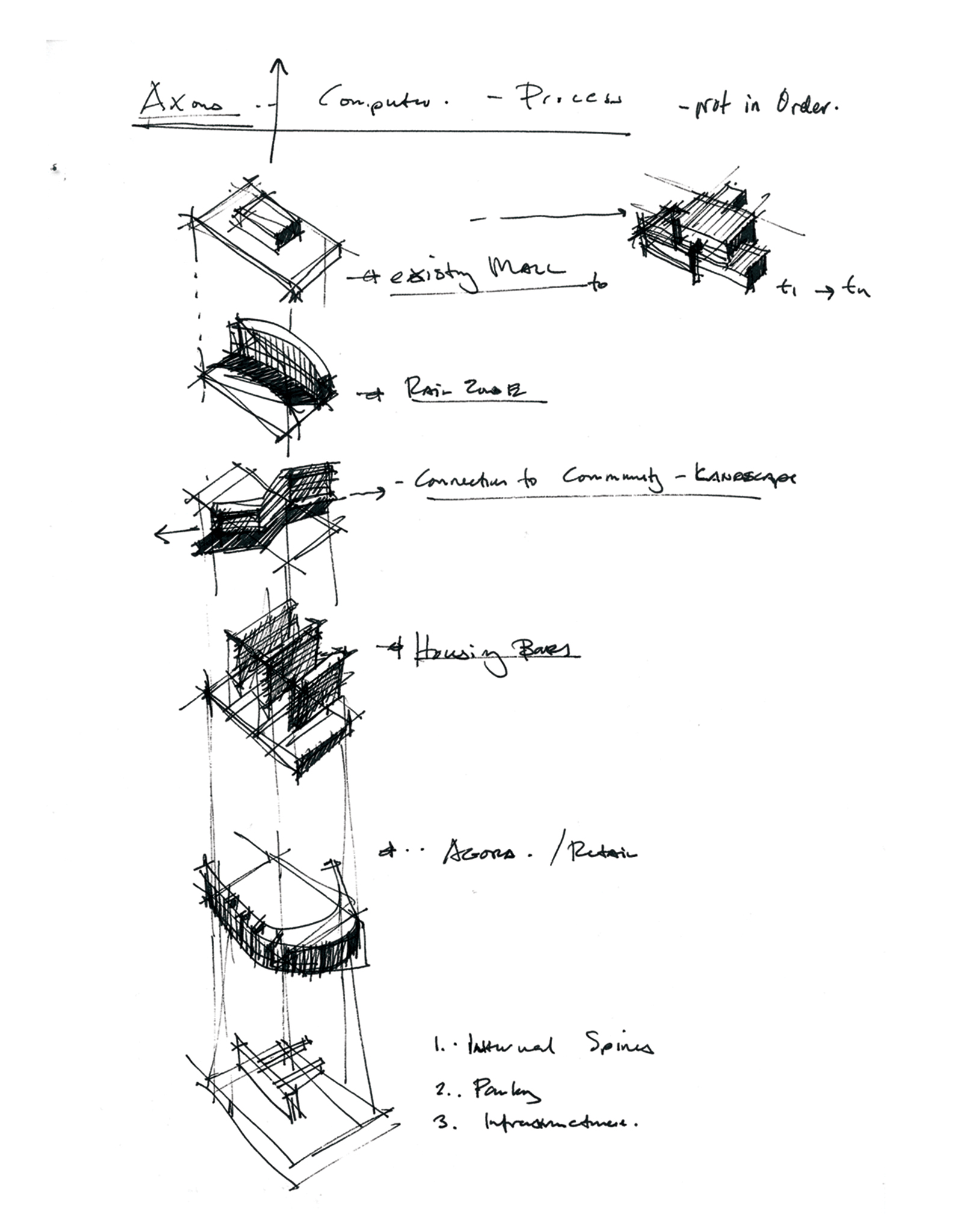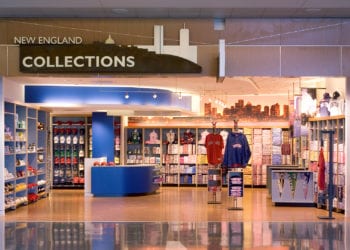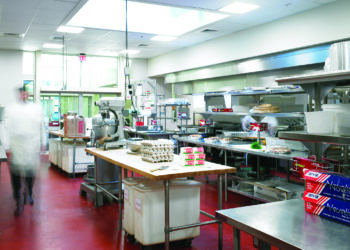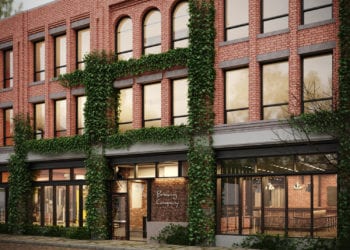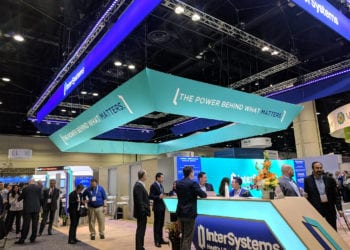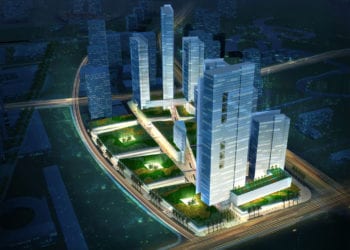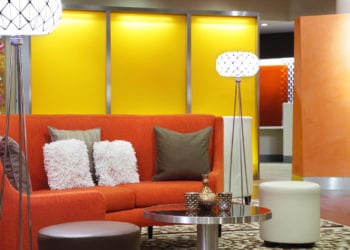Synopsis: More than 500 malls nationwide are dying or dead due to increased competition from mega-malls and e-retailers. So new uses for their structures and sites must be found. This proposal to transform the Dedham Mall on a typical commercial strip on Route 1 in Massachusetts promotes a hybrid building type: part infrastructure, part building, and part landscape.
Detailed Description: The e-Mall promotes a vital form of community in which work, domestic, recreational, and institutional uses complement shopping. It also represents new forms of retail merchandising, combining conventional and online purchasing. An e-Mall thus gives e-retailers physical marketplace presences to complement and strengthen their virtual identities by letting them display their wares to the public in targeted communities in efficiently-designed “showrooms” along heavily trafficked spaces. Visitors can thus peruse or test products in the showroom as well as online. The goods can be picked up directly from an onsite distribution center abutting a warehouse. Products sold online can also be retrieved at this center.
Electronic monitoring systems coordinate on-site inventory through regional and national distributors at cost savings compared to current retail models (think IKEA meets Amazon.com or Barnes & Noble). This proposal integrates a matrix of housing/work environments into this evolving community so people can work there, thus reduce their driving. An onsite “neighborhood” contributes to the e-retailers’ economic vitality while knitting the divide between Dedham’s eastern and western portions.
Finally, this proposal integrates the asphalt-dominated mall into the Charles River Basin’s rich river-scape across the street. Landscape enhancement strategies are suggested, including a new artificial landscape built on, over, and through buildings. Its infrastructure would coordinate and integrate the spatial, ecological, and economic needs of those buildings. From this collage of uses (infrastructure and natural systems) arises a new form of community that is rooted in its past and evocative of its future.
